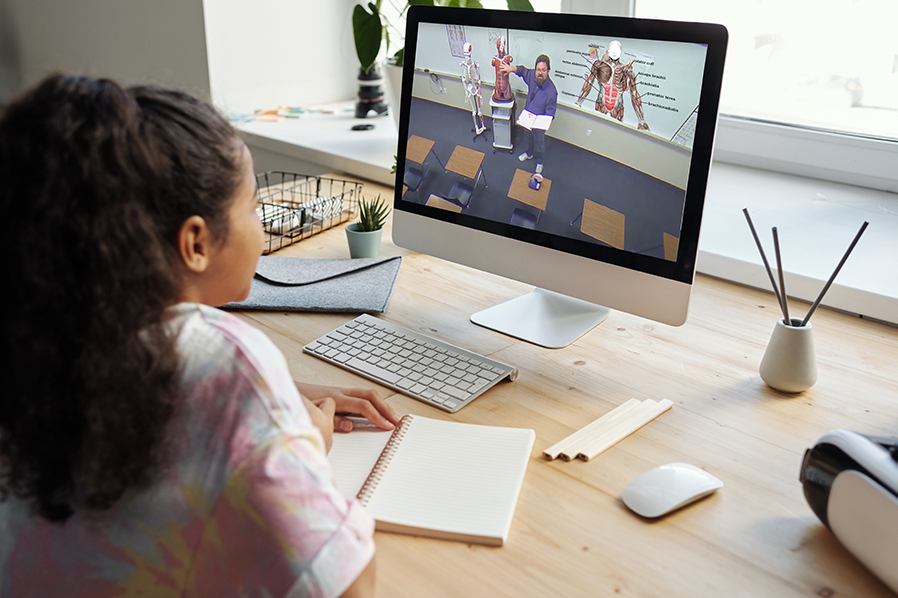Six Ways to Spring into VIEWpath
Regaining momentum after prolonged interruptions to instructional time can be hard—here's how to get teaching back on track.
by Clint Moles, Audio Enhancement Educational Development Specialist
Video, according to instructional coaching pioneer Jim Knight, represents a pivotal innovation in education—perhaps even more significant than the advent of computers or the internet. But how can teachers harness the power of their VIEWpath classroom camera systems to enhance student learning and cultivate their own professional growth? Here are six strategies to re-engage students after classroom continuity disruptions like spring break and testing season, while also adding valuable tools to their teacher toolbox:
1. QR Code Classroom Detective – Tempt your students with a QR code classroom detective activity, where they must piece together short review or content videos you recorded in VIEWpath to solve a mystery using QR codes placed around the room.
2. Flipped Classroom – Transform their homework time into a flipped classroom experience. Have students deep dive into a recorded lesson, then express their understanding through creative mediums like skits, mock news broadcasts or reflective writing.
3. Next Year’s Classroom Procedures – Let your seasoned students set the pace for the newcomers by recording classroom procedures for the next academic year, ensuring a seamless start.
4. Build a Lesson Library – Create a personalized lesson library in MyWorkshop using tags, a valuable tool for students to strengthen their understanding and at the same time curate evidence of your top-notch teaching practices for year-end reviews.
5. Time Lapse Progress – Track the evolution of a class project through time-lapse videos, creating a captivating journey of its growth. Snap bits of video daily to follow the progress of a class activity or project.
6. Student Presentation Reactions – Finally, augment student engagement by recording their presentations, linking them to the LMS and encouraging peer interactions with questions or comments. For deeper student engagement, pair students up and have them watch each other’s recorded presentations or role plays. They can provide constructive feedback based on specific criteria (e.g., clarity, body language, use of evidence). This peer review process enhances communication skills and builds a supportive classroom community. You’ll find that these activities not only enrich their learning experience but also foster a dynamic, interactive environment. This activity also provides an opportunity for a 3-2-1 exit ticket or other similar practice.
These activities not only enrich the learning experience but also cultivate a dynamic and interactive classroom environment. Remember, VIEWpath serves as more than just a tool for capturing moments—it is a catalyst for fostering engagement, reflection, and continuous improvement. Embrace creativity and let the camera become your ally in the pursuit of effective teaching!
Clint Moles is currently an Educational Development Specialist with Audio Enhancement. He taught for 17 years in Orange County Public Schools before working nine years with the OCPS Educational Technology Department.










